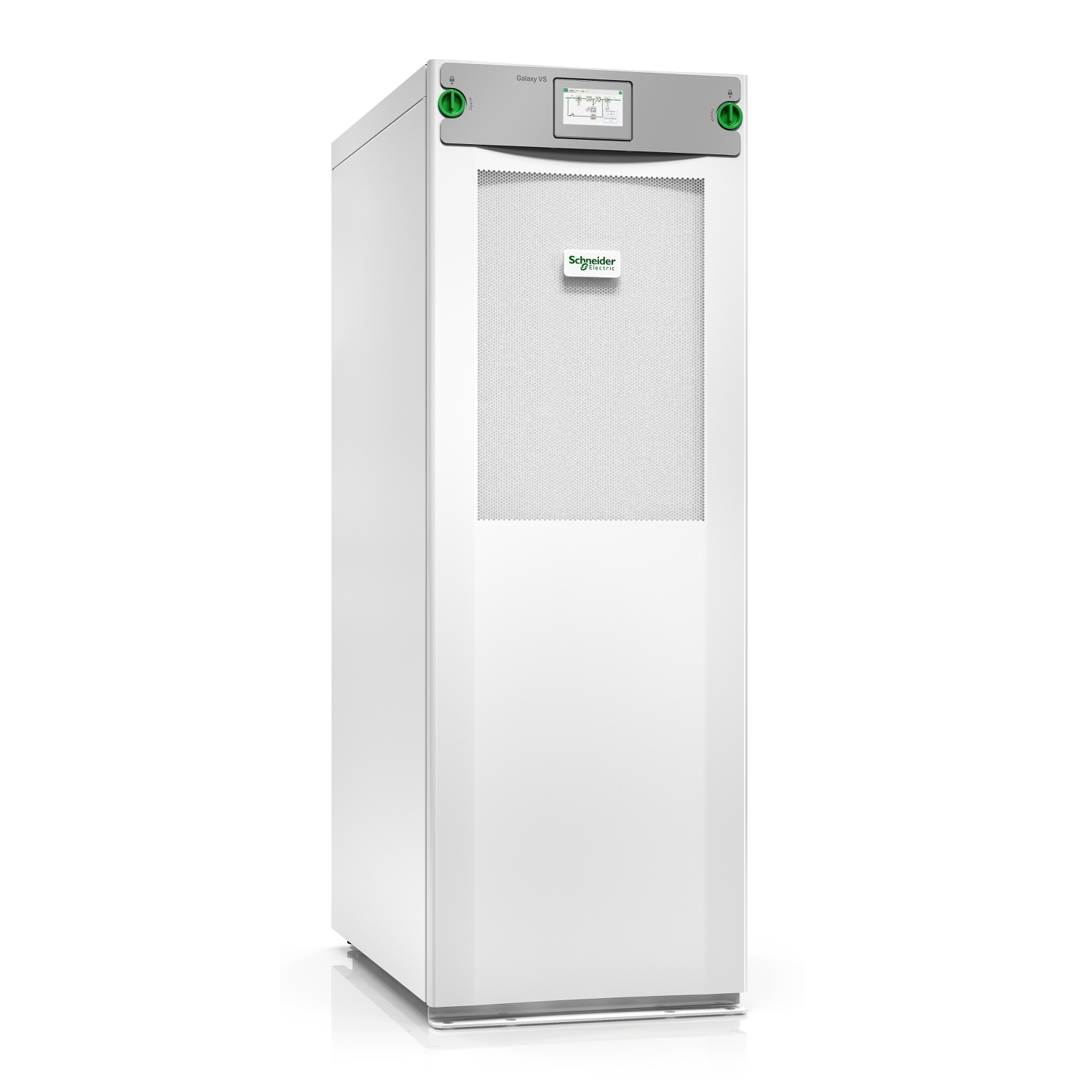1. Power environment
Mastering the existing power infrastructure of customers is crucial in the evaluation and sales process for single-phase and three-phase. When most sales consultants typically focus on large three-phase power systems, most IT managers often deal with rack level single-phase equipment. Many existing computer rooms and small to medium-sized data centers are equipped with rack level single-phase loads. In order to improve efficiency, reduce costs, and create more sales opportunities for newly implemented three-phase solutions, various completely new designs have shifted the focus from three-phase power supply to utilization.
2. Manageability
The highly manageable software and accessory products provided often contribute to our hardware sales and may be the key to closing sales. Management software tools should be introduced as much as possible in each sales opportunity to help customers develop solutions and reduce overall cost of ownership. If the customer claims that their remotely managed device is about 10 minutes away, it will take 15 minutes to run. Considering the differences in sales personnel’s ability to identify customers’ real needs, it is recommended to use network interface cards suitable for rack mounted UPS and equip them with remote management software to ensure that UPS can correctly shut down these applications in the event of expansion interruptions. In addition, ePDU can also be used to achieve multi-level monitoring. Once there is a power outage, the customer can remotely monitor the UPS and restart the server without rushing to the scene. Therefore, the customer purchased all hardware equipment to achieve the above functions. After understanding the communication and control needs of customers, we are able to provide them with comprehensive solutions.
3. Installation environment
It is essential to understand USP’s future deployment requirements. Because most environments can support multiple different solutions, it is necessary to assist customers in evaluating them. Prepare value propositions, feature comparisons, and quotations for multiple solutions. Research has shown that customers generally choose solutions with higher value. If multiple solutions cannot be provided, another more cost-effective solution can be offered by introducing other products to compete fairly and gain the trust of customers. Do not let customers search for other solutions on their own.


